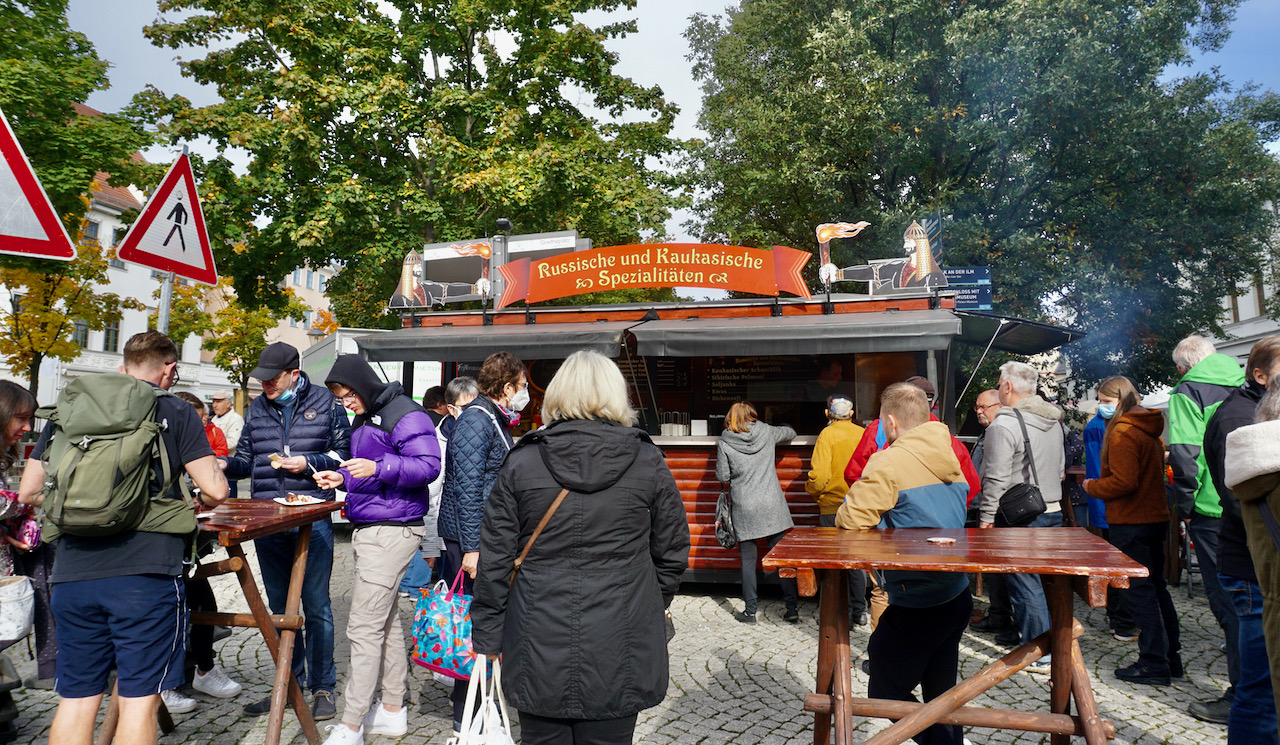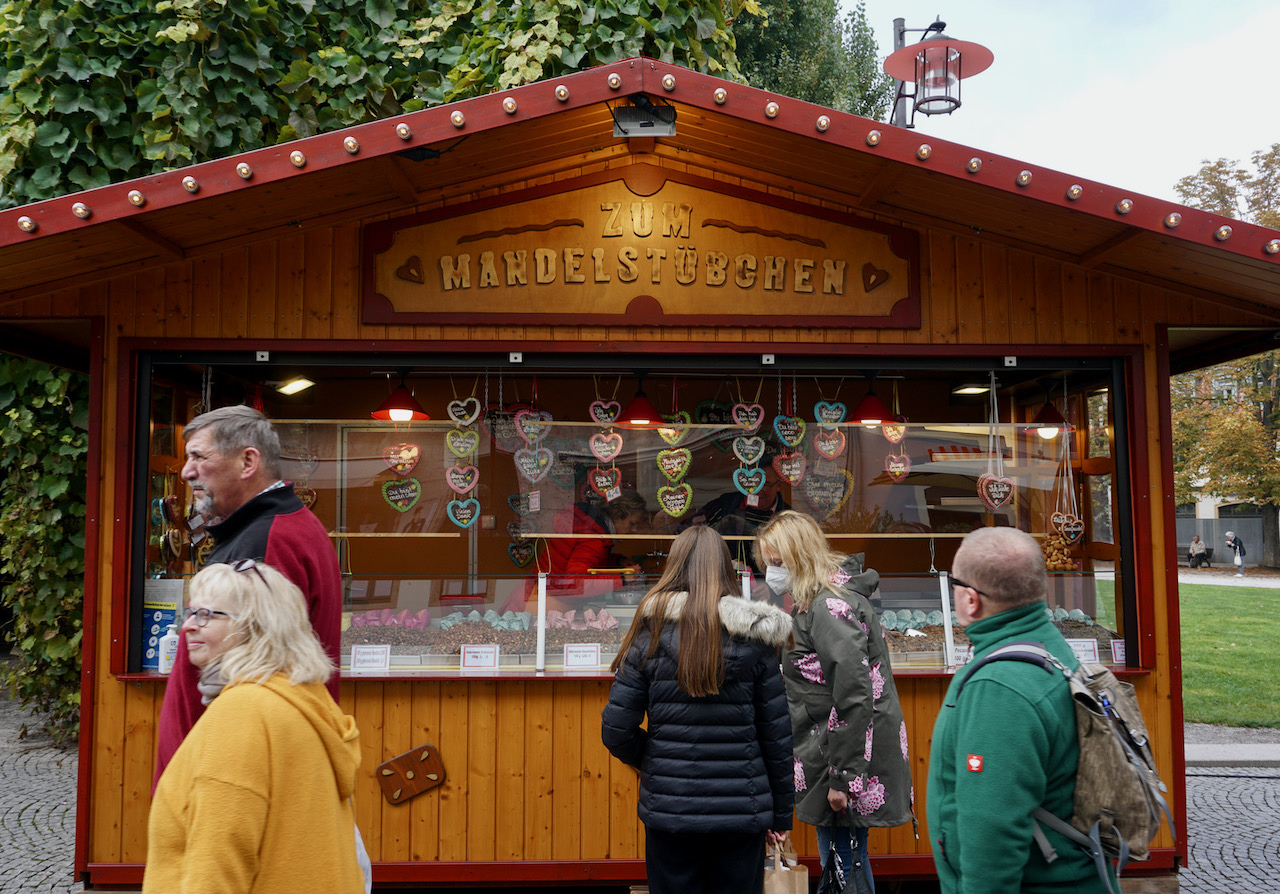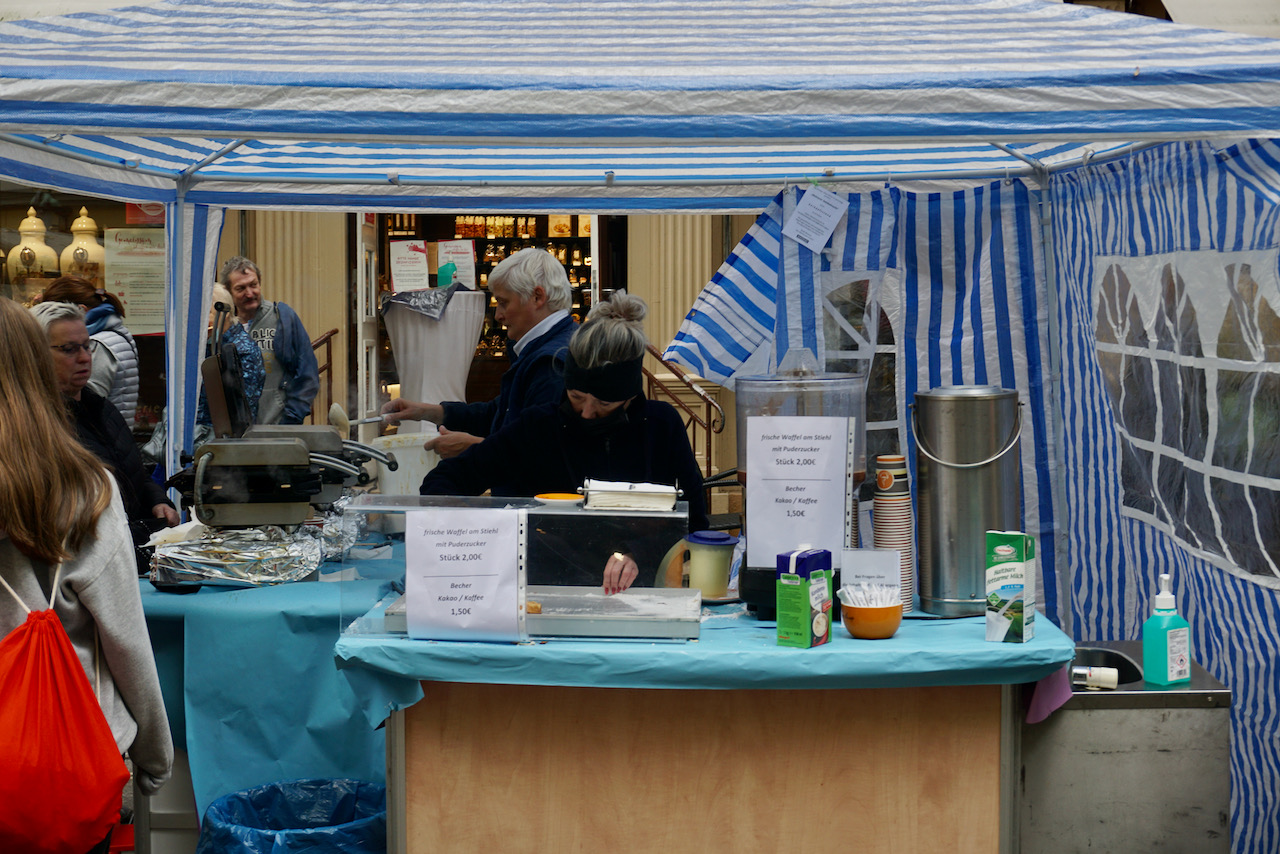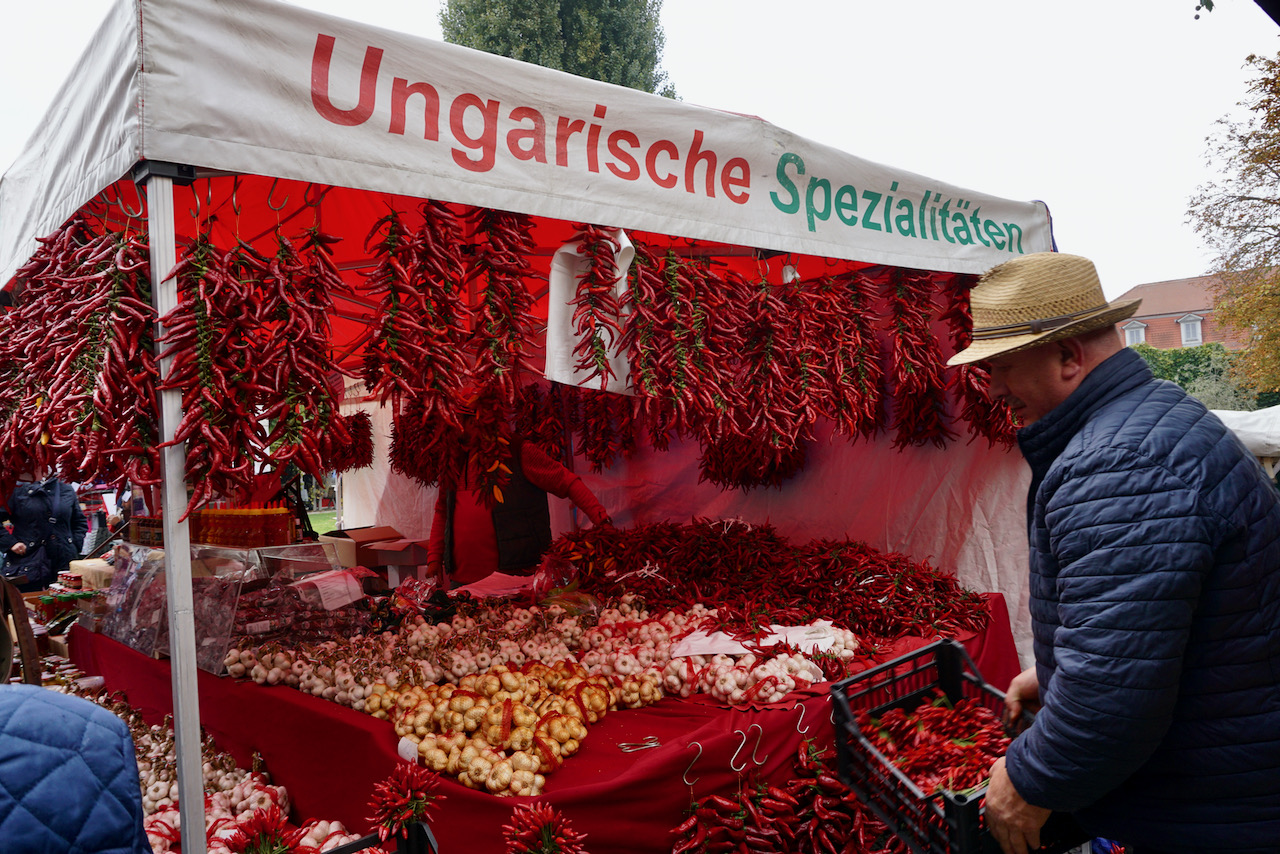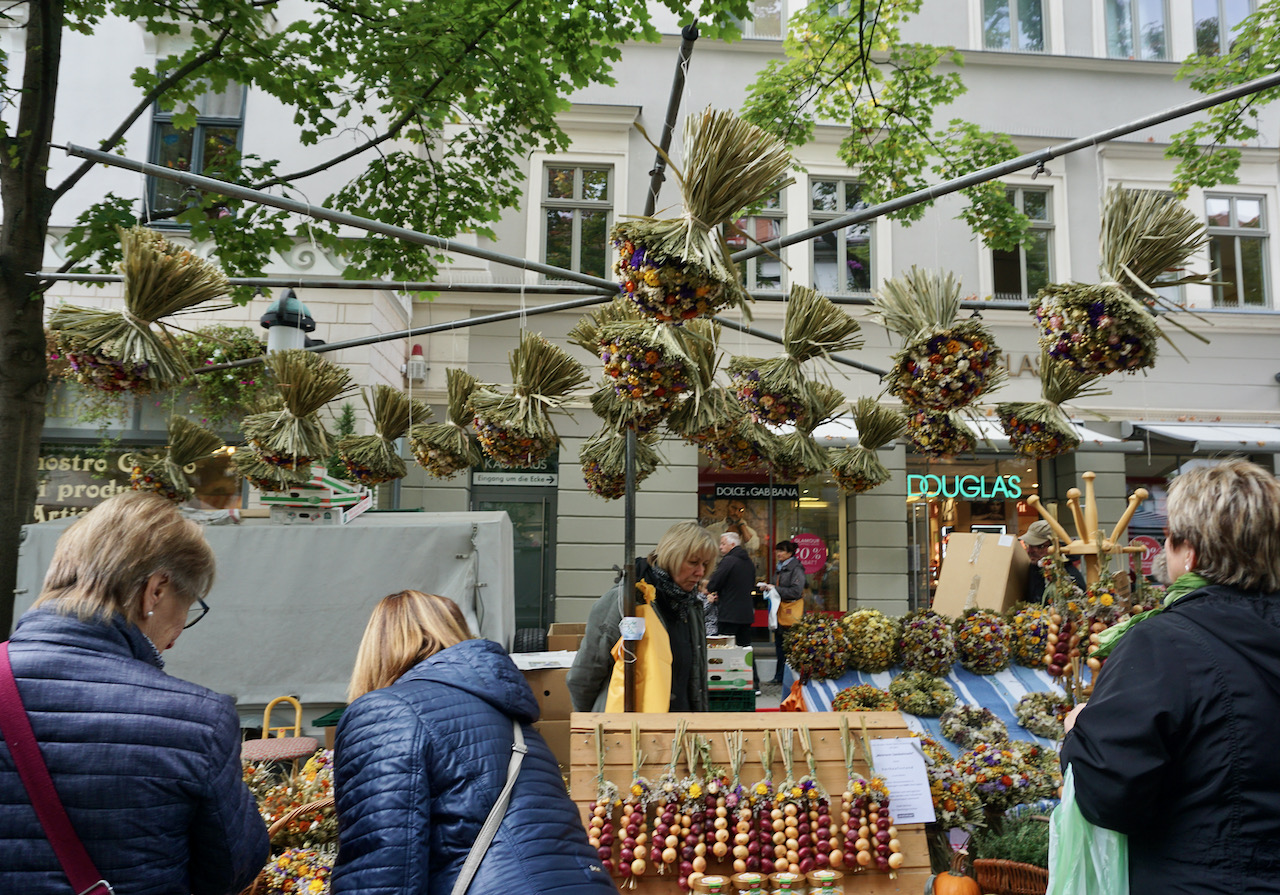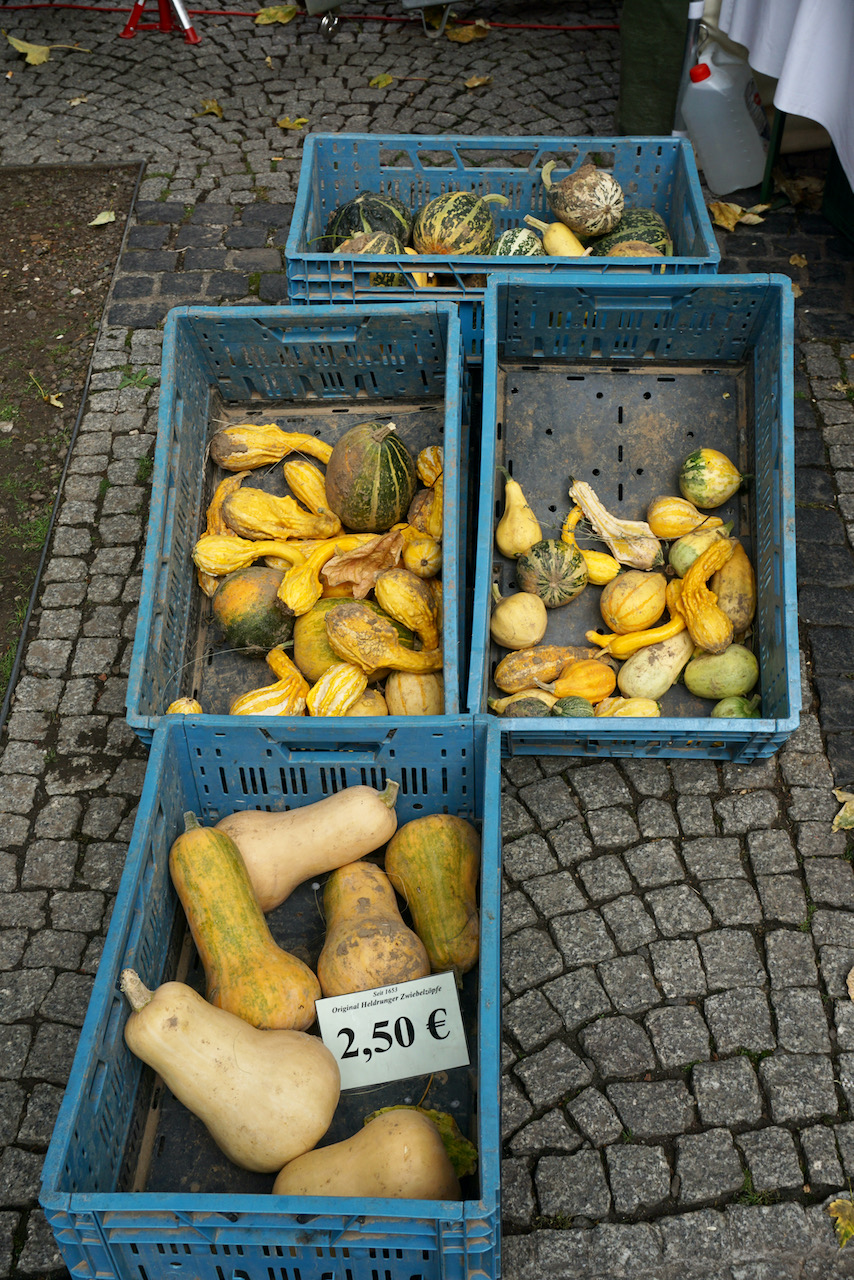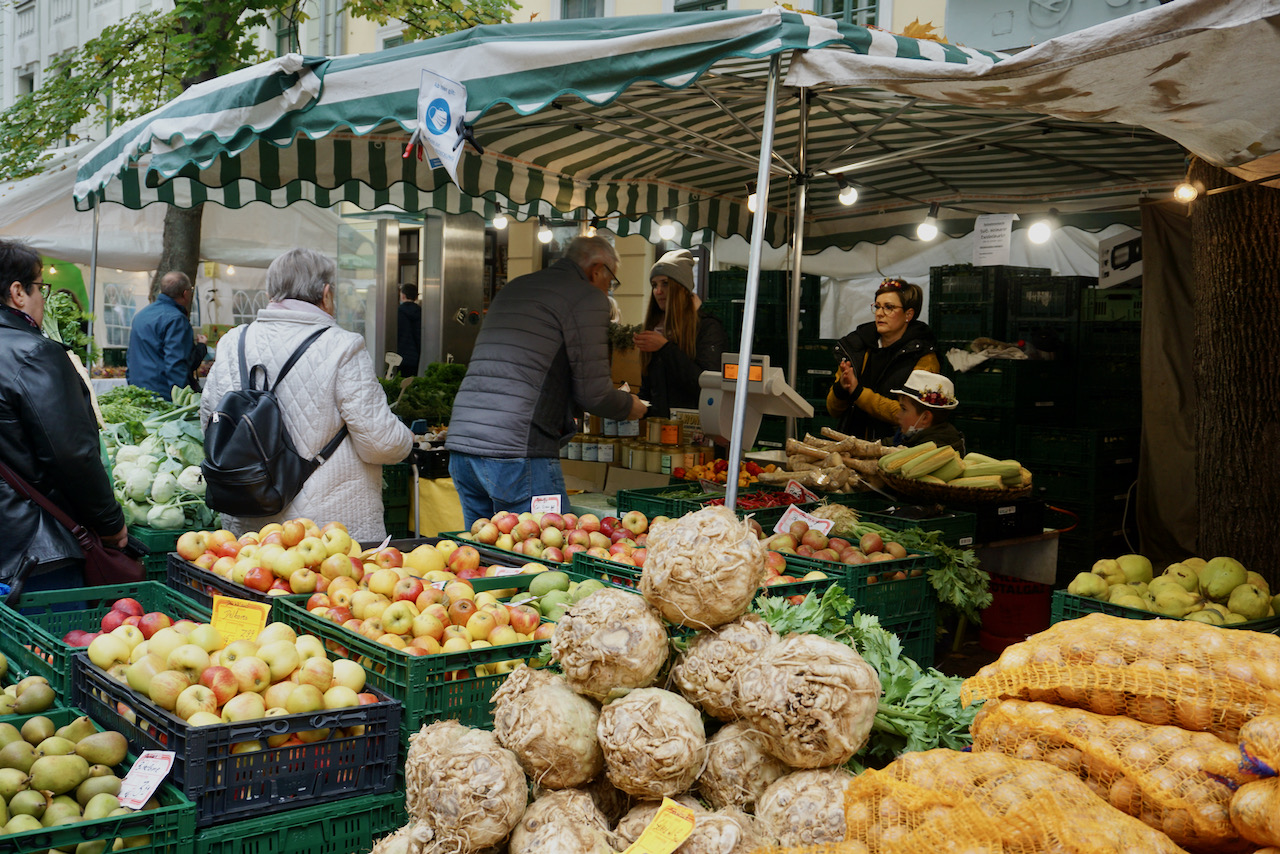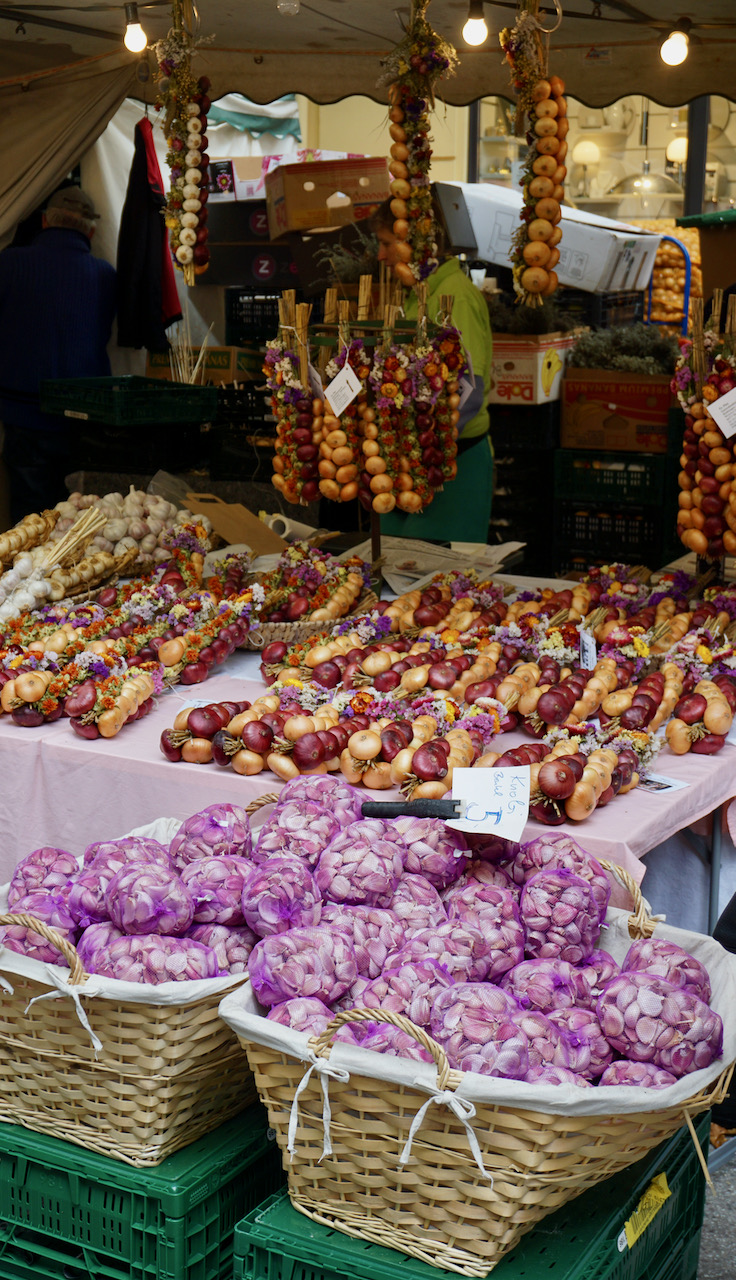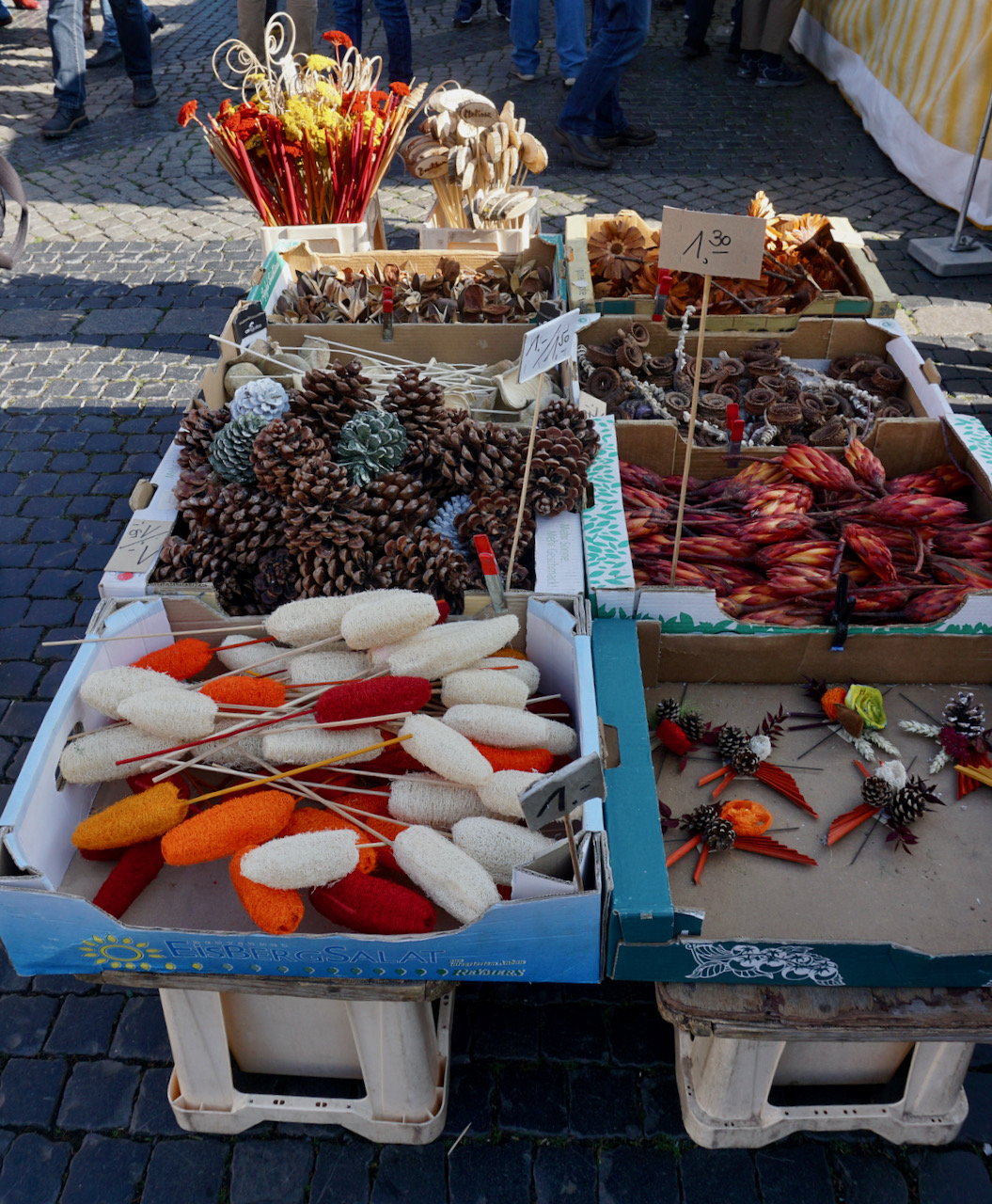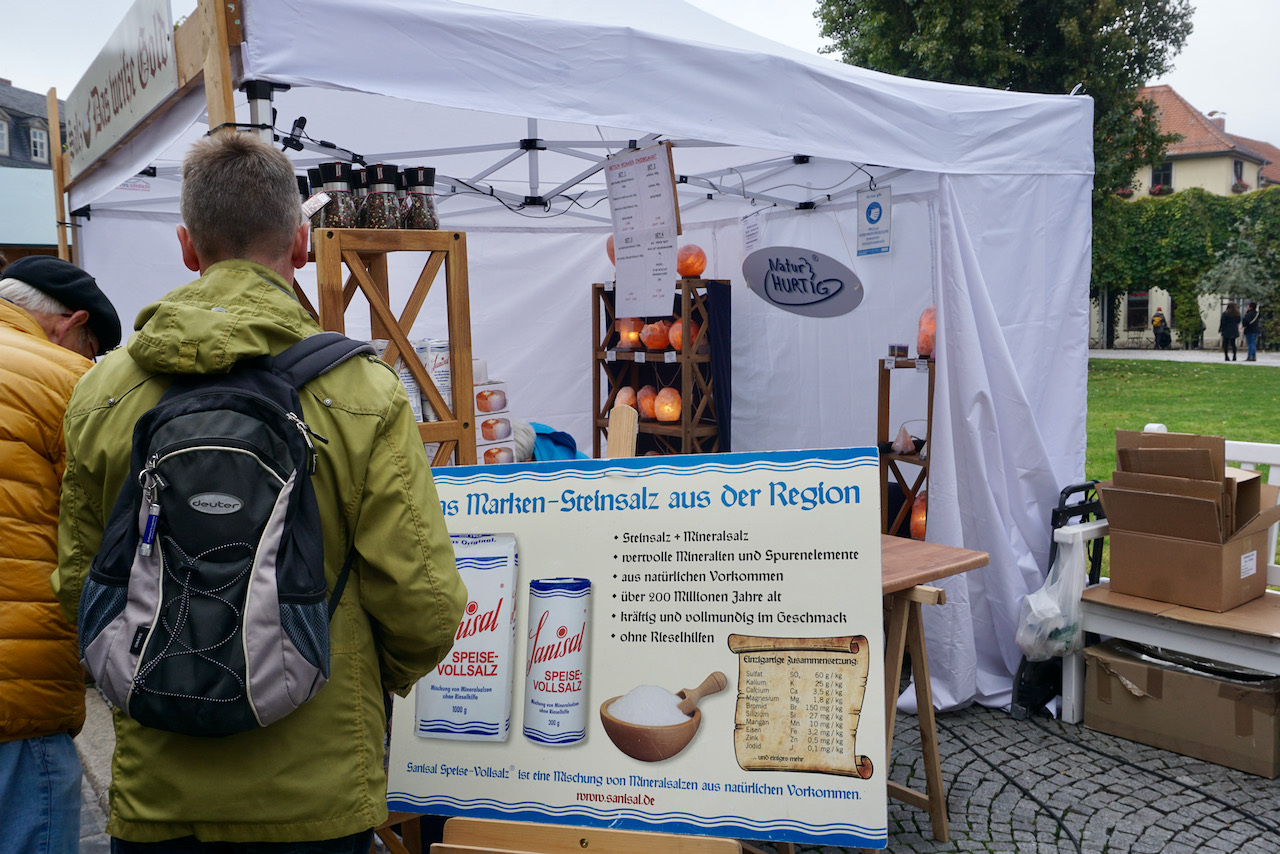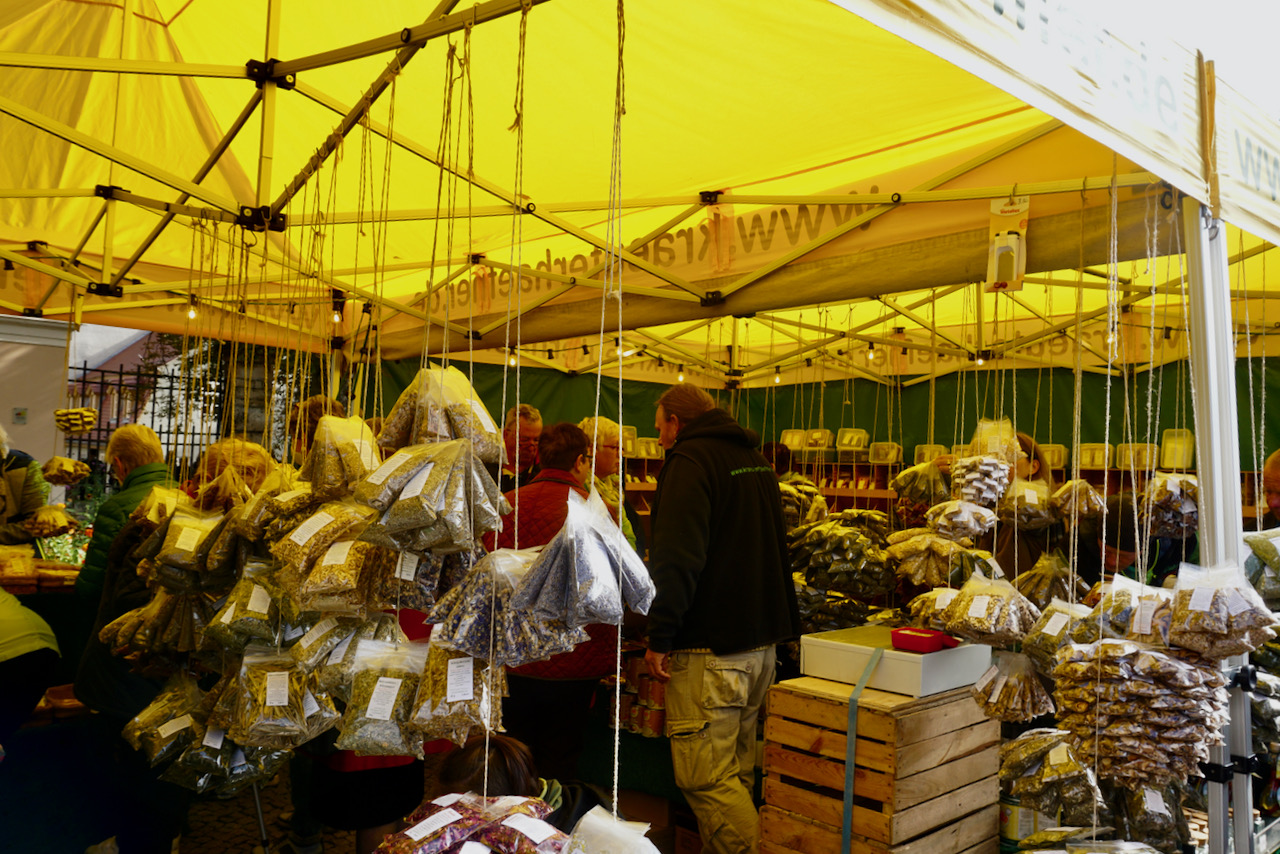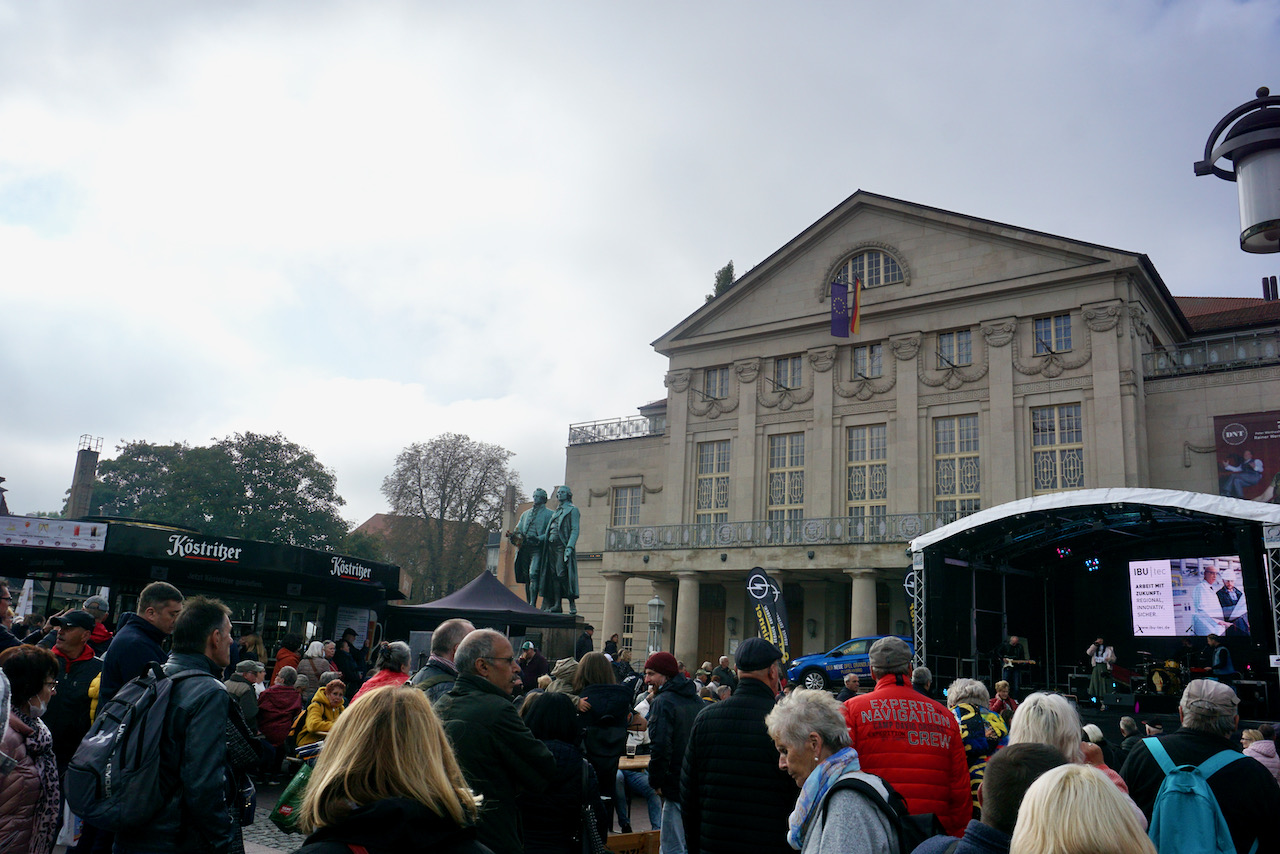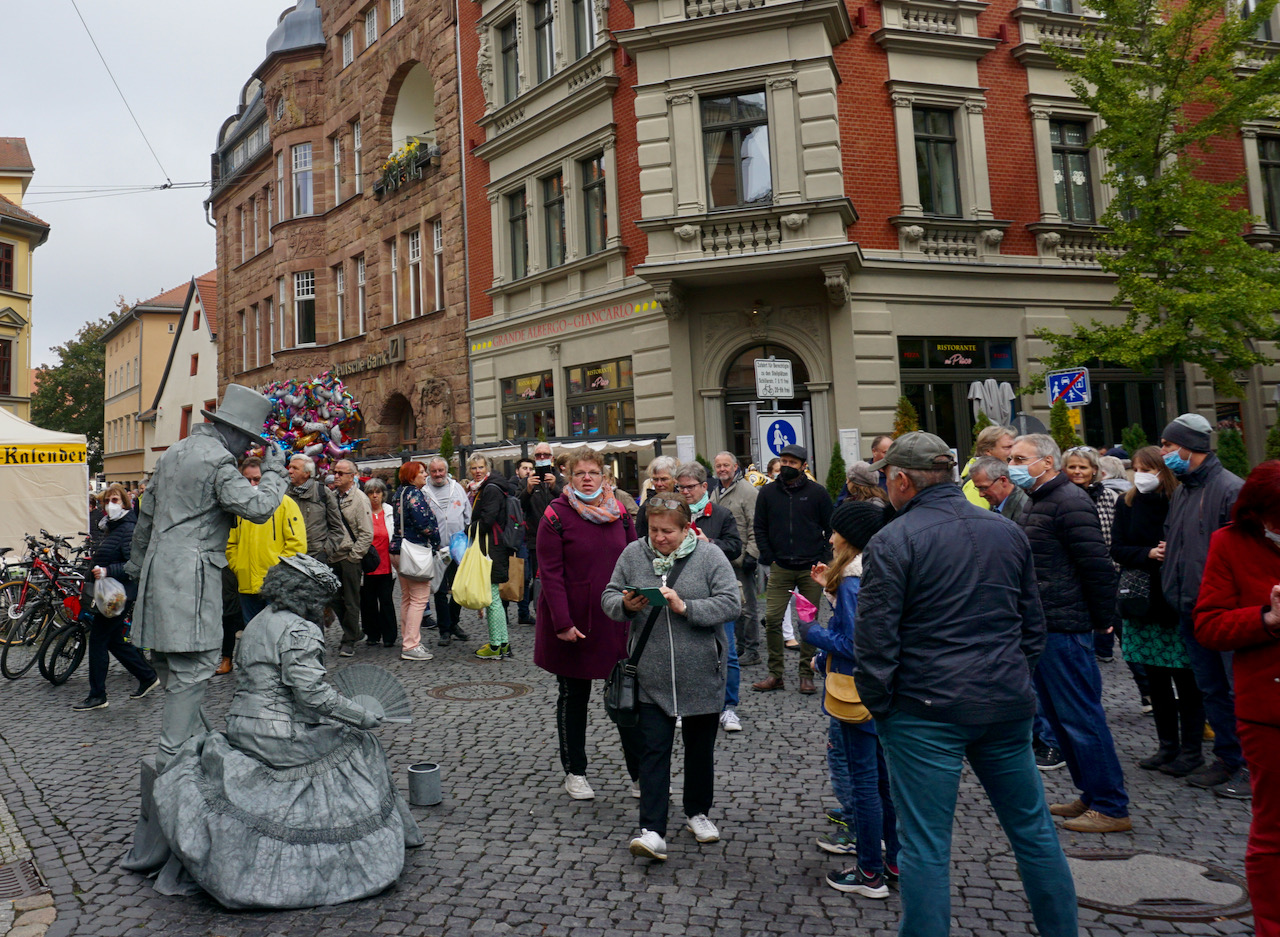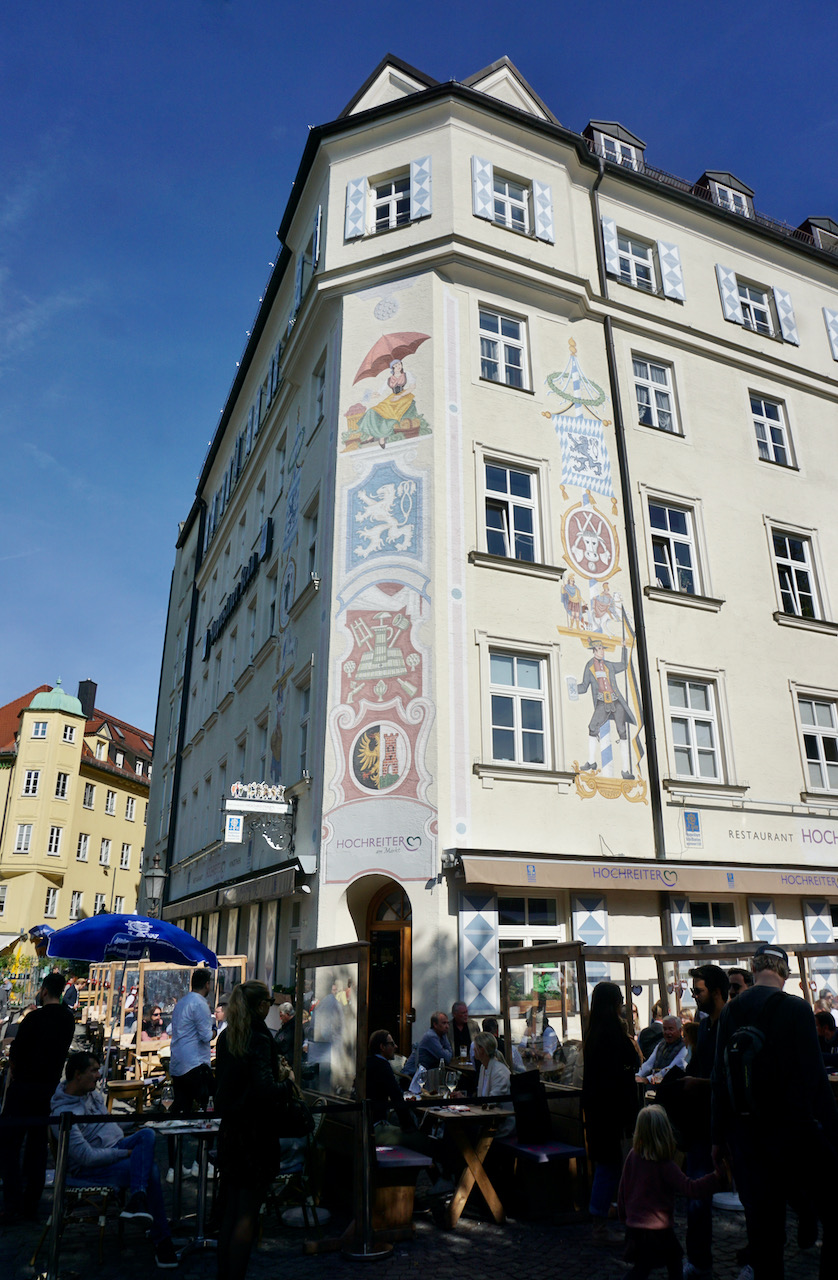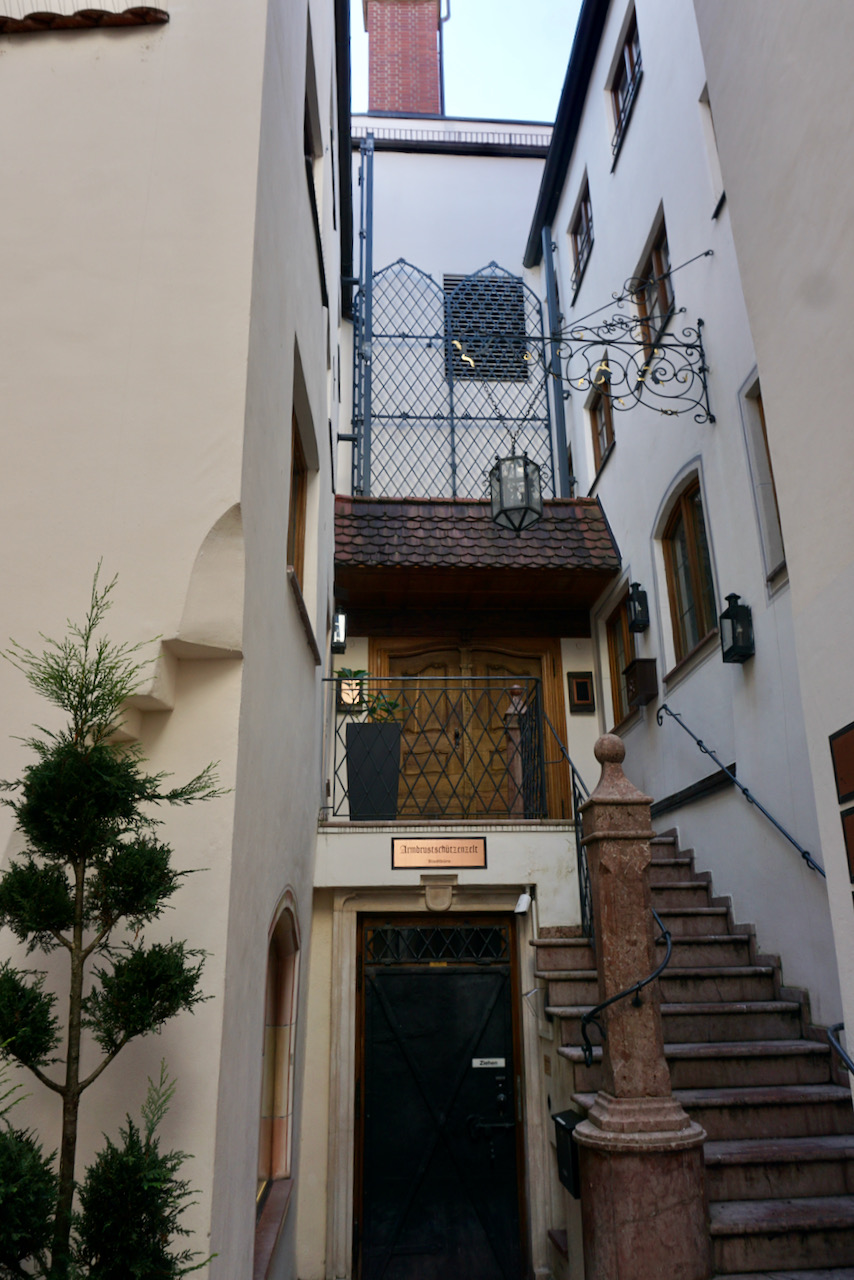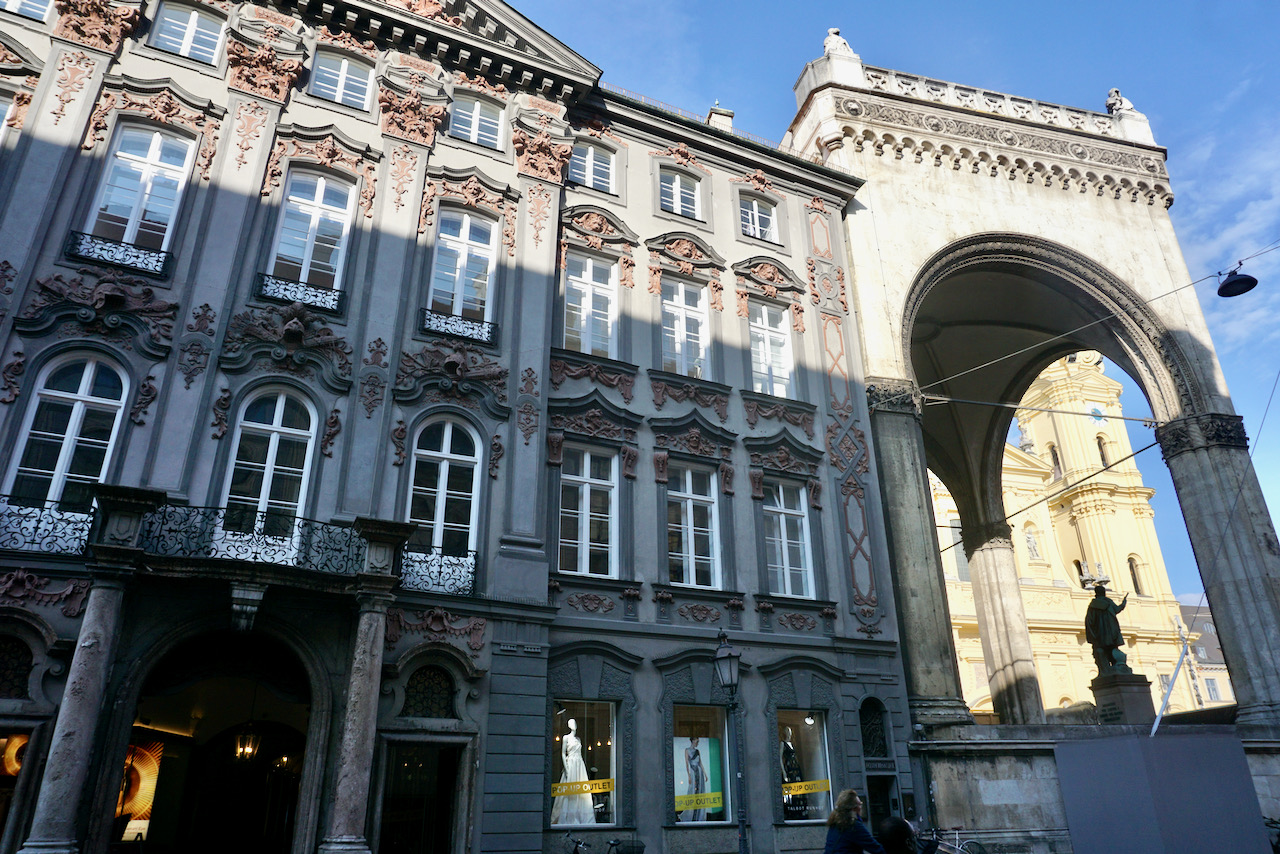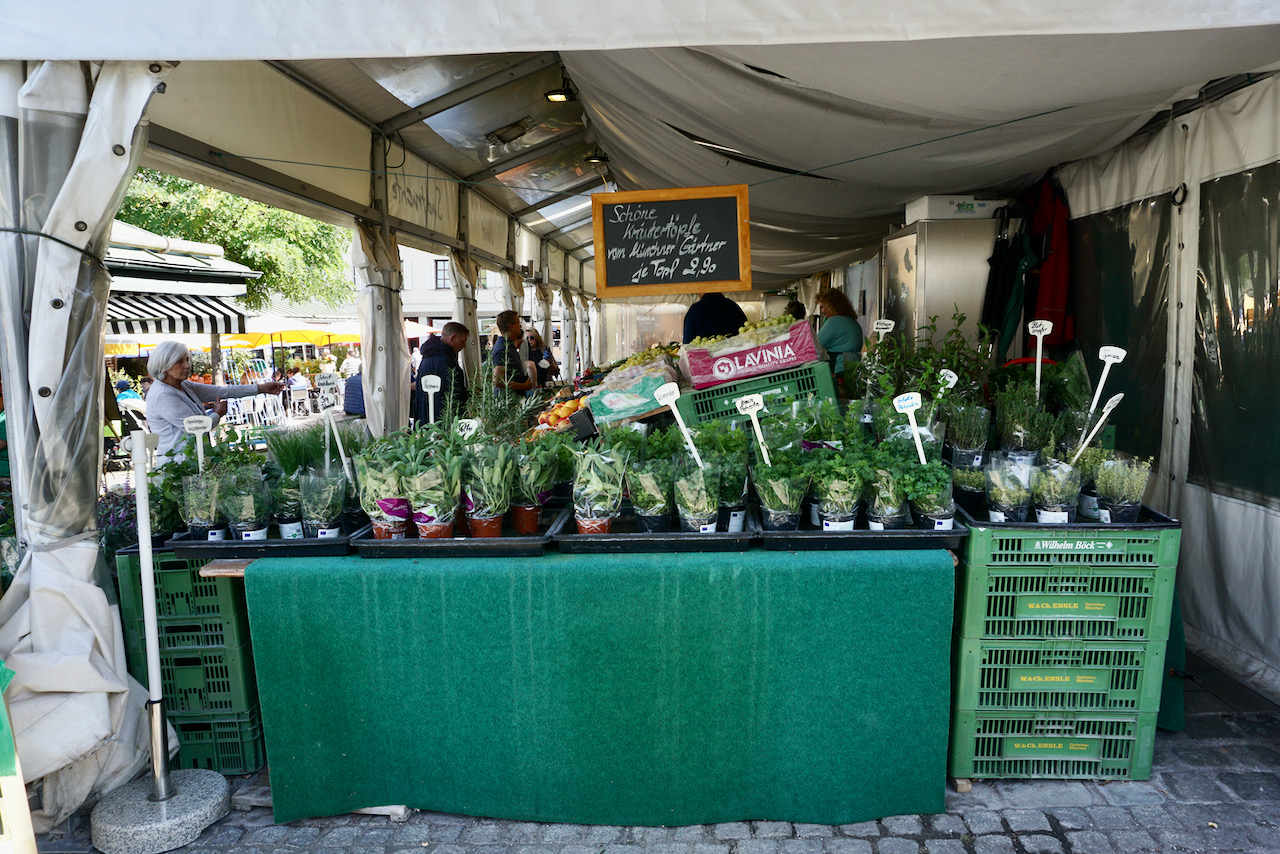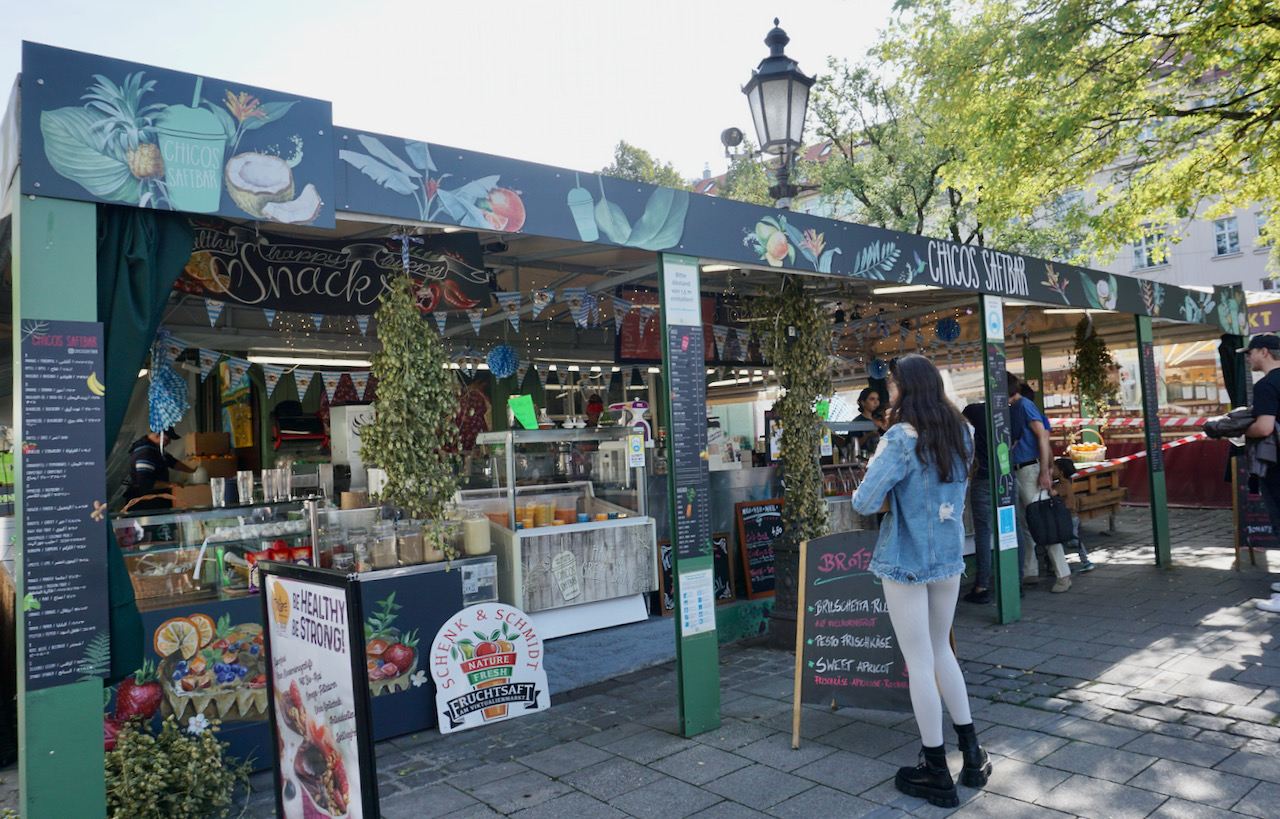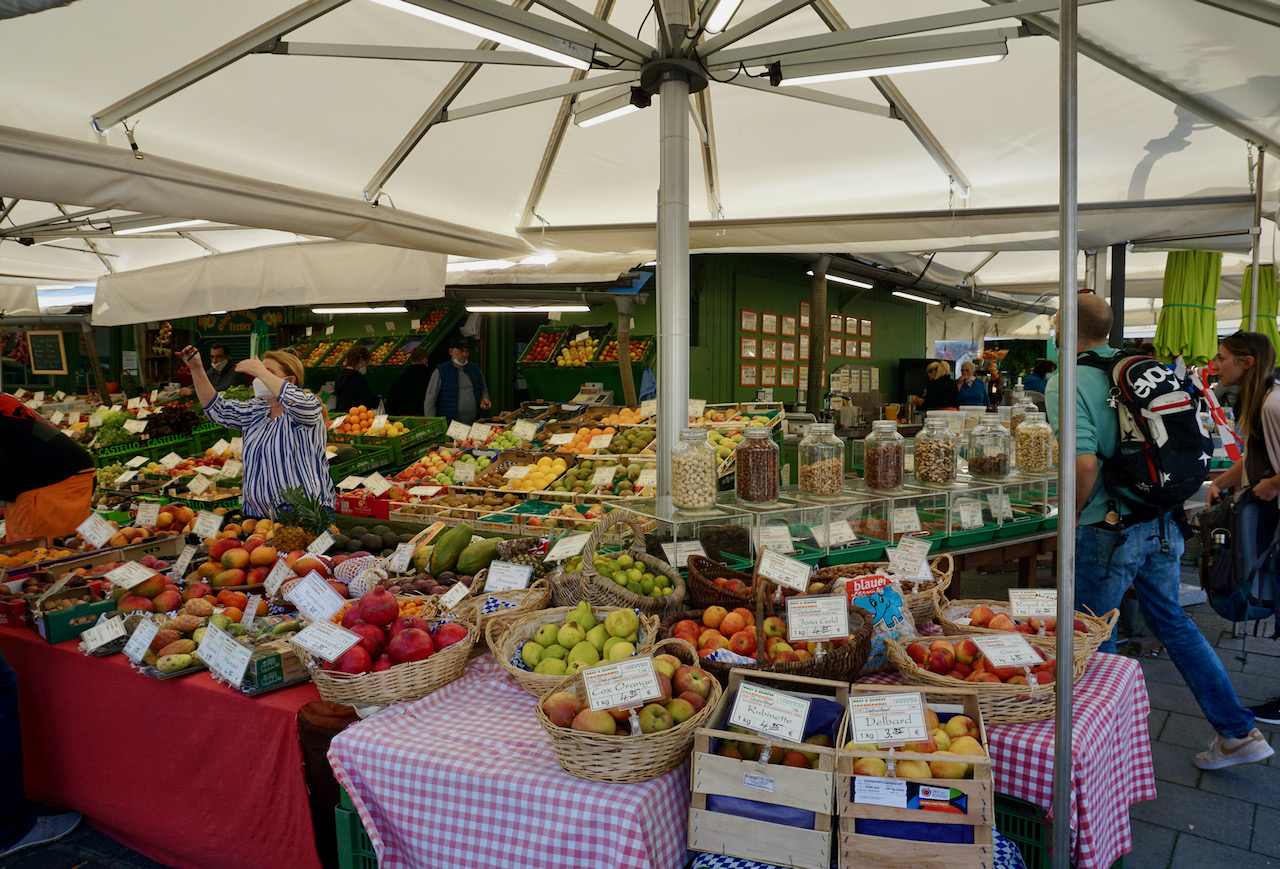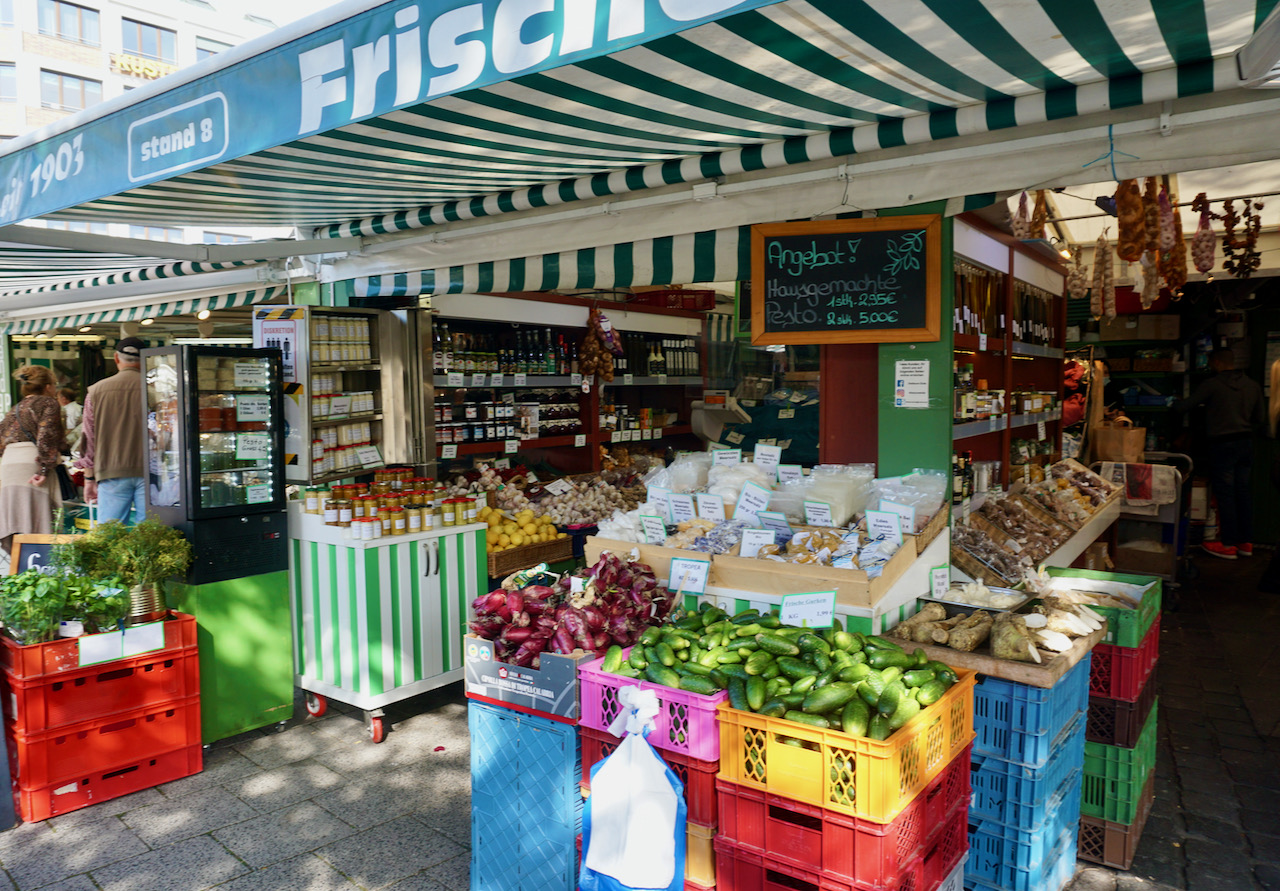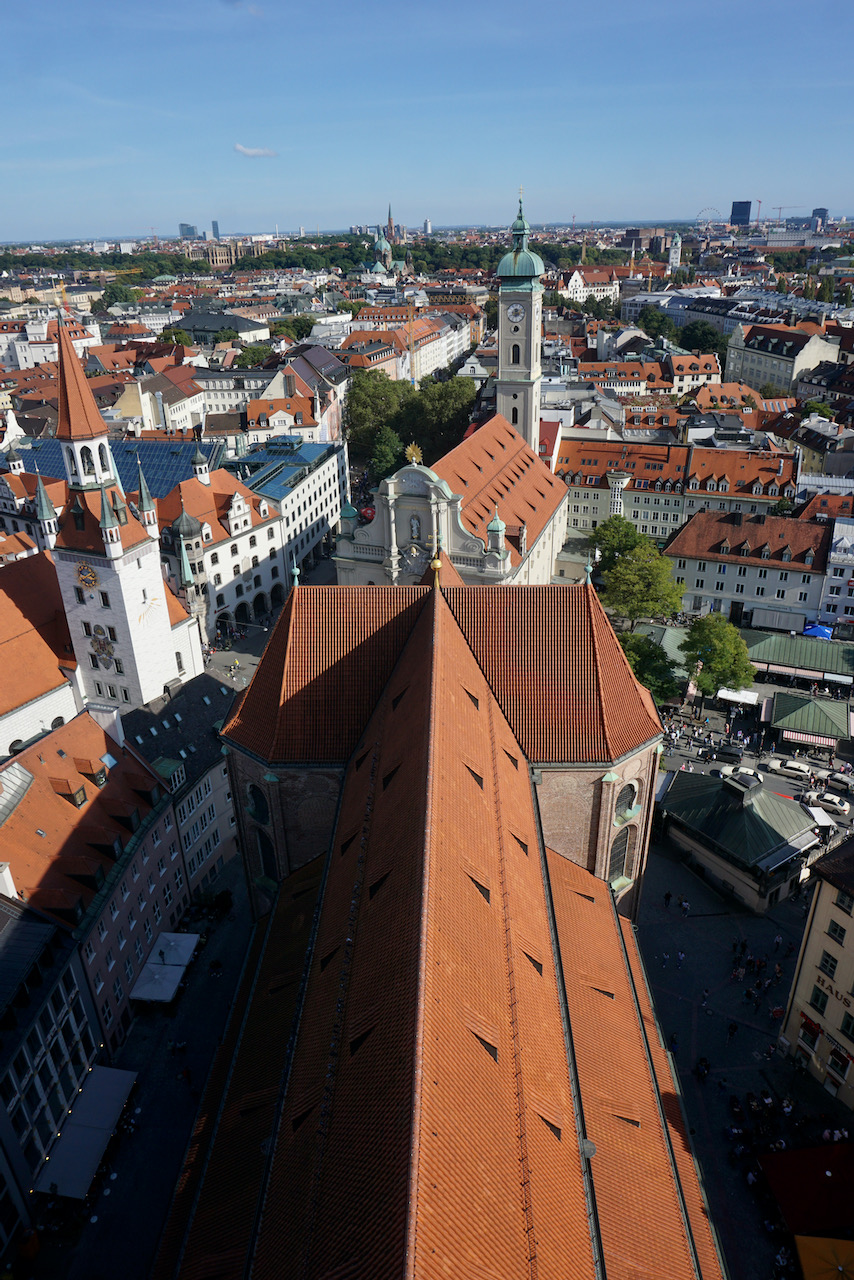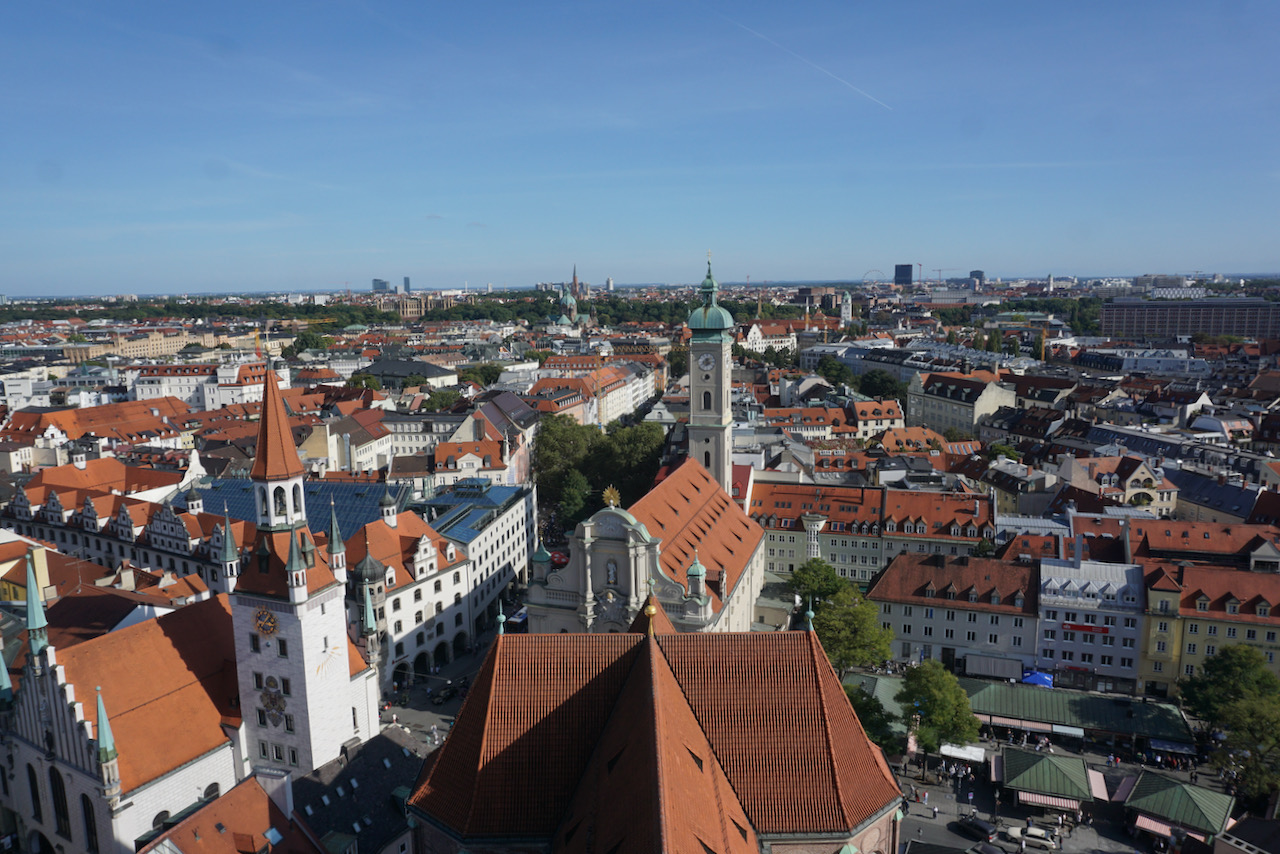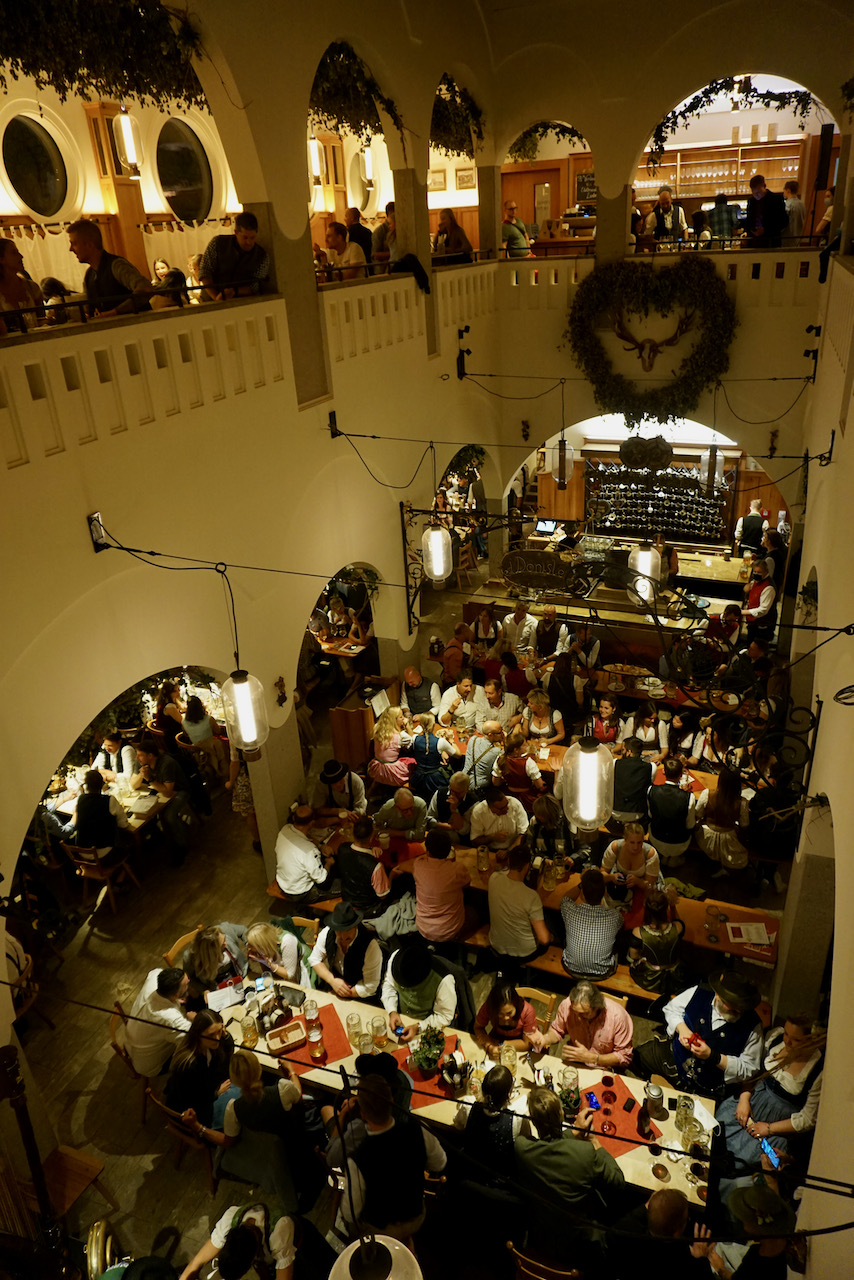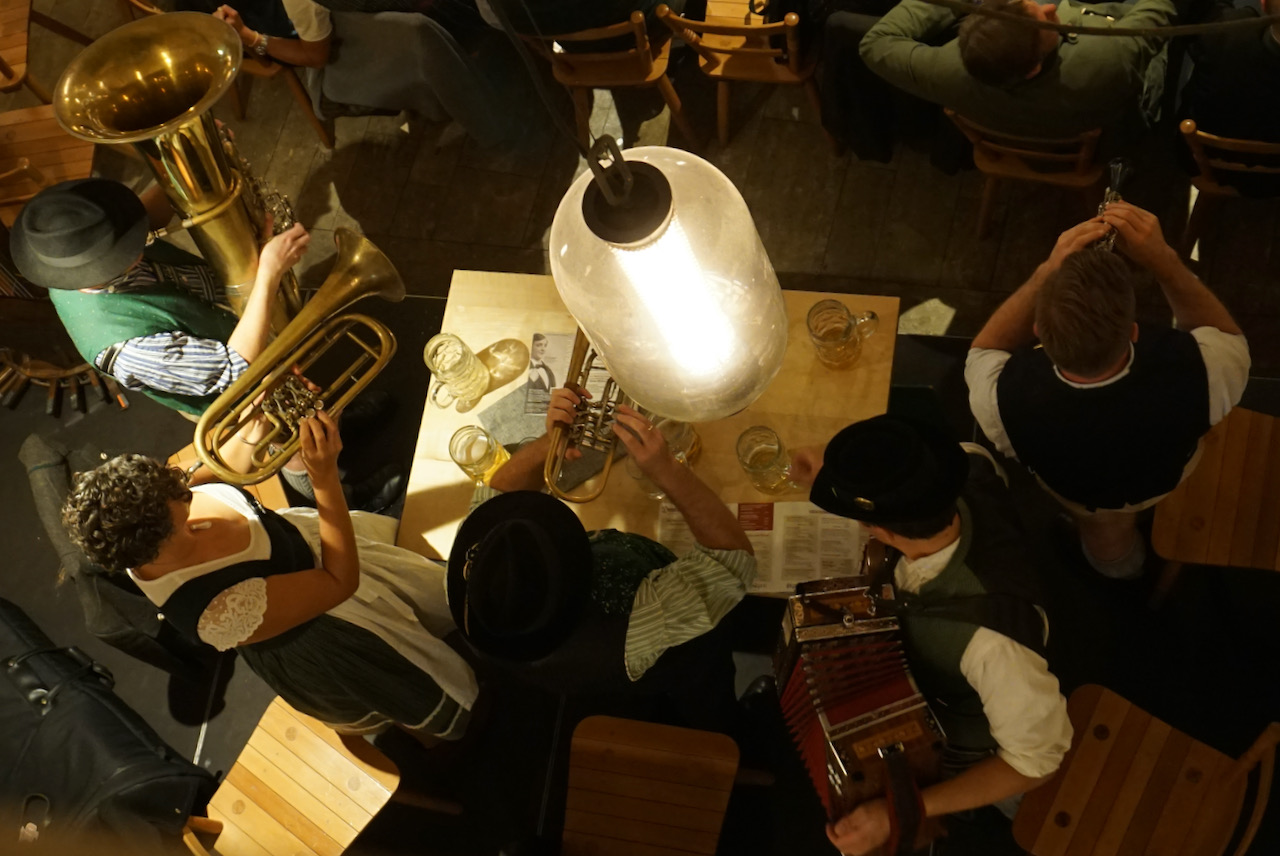Last weekend I had the pleasure of reuniting with old friends and introducing a German to the culinary joys of a typical American Thanksgiving. The top hits were, predictably, pecan pie, pumpkin pie, turkey with cranberries, and stuffing. Green beans, mashed potatoes, sweet potato pie, and bread rolls filled the rest of the table and I heard about more desserts than I was able to glimpse before they were gone. Wine, beer, and Glühwein flowed (we are in Germany, after all), and discussion of the World Cup replaced that of Bowl games. This was a context that just made sense to me and I belonged right there.
The atmosphere was warm, relaxed, and utterly welcoming, bringing the Yiddish word heimish to mind. This word comes from heim or home, and is used to describe the familiar or homey feeling of a place. Heim is also a German word and making this connection reminded me of the Dutch word gezellig, used to describe everything cozy from a physical environment to the feeling of an evening with friends or seeing each other again after a long absence. Gezellig is one of those “untranslatable” words into English and, as I understand it, has a far deeper meaning than its German cousin, gesellig, which refers to the sociability of individuals.
What I enjoyed about the evening was not only watching the reaction to the first tastes of the aforementioned traditional dishes, but also soaking in the atmosphere in which about thirty people, only some of whom knew each other, made themselves at home in a home set up exactly for that. When too many of us were crowded into the kitchen (which is not large enough to accommodate a table and chairs), people moved first to the dining room where they stood or settled into chairs pushed back against the walls, and then to the long picnic tables on the enclosed porch. Acting on a need for a drinks table, more space for desserts, or a different location for the plates required a request for help from the closest person and then the space was modified. Heimish indeed.
I spent the vast majority of my time in the kitchen, my preferred place to be in large gatherings, chatting to whomever came in to drop off an empty plate, fill a glass with Glühwein, ask for another spoon, or check the progress of the stuffed, and unhurried, turkey. The guests came from all over the world and had lived all over the world, and we cheerfully exchanged backgrounds over the common ground question: What is your connections to the hosts? I saw some people for the first time when they were gathering their coats to leave and some names stuck as quickly as others disappeared from my working memory. I didn’t always realize whose partner was whose and found myself in multiple conversations about food in Singapore.
Something that I really like about Thanksgiving is that people are always so appreciative of having somewhere to go and people to celebrate with. For those who grew up with a big American Thanksgiving, introduced to my family during our first year living in the States, this is the time of year when being together is critical. It is a holiday centred on food and harvest, a holiday where we gather to enjoy one another’s company as the days get shorter, darker, colder. Thanksgiving is a time to come together and to remember that communing around food is something that all humans have in common, that harvest and the seasons are a product of the turning of the Earth. I have found that a Thanksgiving amongst strangers does not stay one among strangers for long, and that everyone is there for the same reason: We are all just humans looking to eat, drink, and gather.
I am thankful for being part of the day and I am thankful, especially, for the lovely people who were in the kitchen with me.






